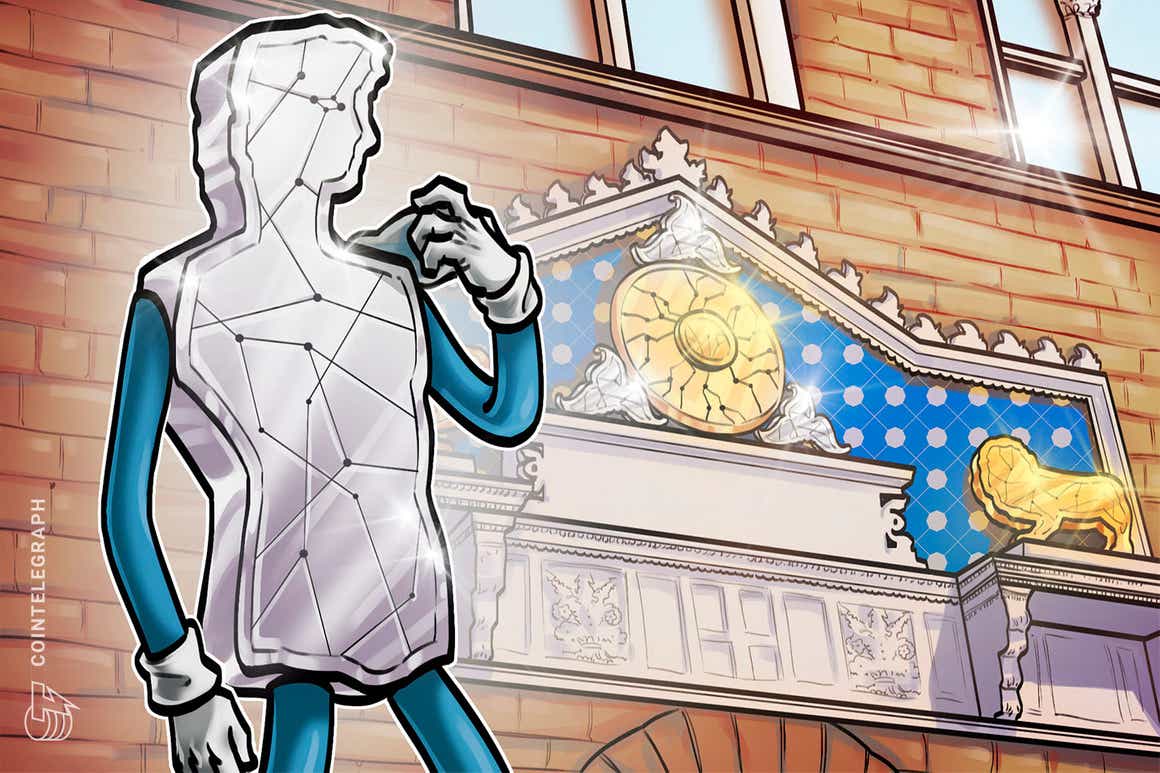In her monthly Expert Take column, Selva Ozelli, an international tax attorney and CPA, covers the intersection between emerging technologies and s
In her monthly Expert Take column, Selva Ozelli, an international tax attorney and CPA, covers the intersection between emerging technologies and sustainability, and provides the latest developments around taxes, AML/CFT regulations and legal issues affecting crypto and blockchain.
On Nov. 14, Tezos-based nonfungible token (NFT) marketplace Hic Et Nunc — which in Latin means “here and now” — abruptly shut down. Artists became worried about their NFTs on exhibit at the Hermitage Museum’s first-ever NFT exhibition, “Ethereal Aether” (Nov. 10 to Dec. 10), as well as Art Basel Miami’s first-ever NFT exhibition, “Humans + Machines: NFTs and the Ever-Evolving World of Art” (Dec. 2 to 4).
Diane Drubay, founder of We Are Museums and a minter of NFTs on Hic Et Nunc — who curated a panel discussion at Art Basel Miami — explained to me: “Of course, it was a shock to see Hic et Nunc shut down, but people took it right away as a new step over in their journey. Because when the website shut down, our NFTs were preserved on-chain, nothing was lost and artists were safe to keep making a living from their NFTs. We saw mirrors or new versions of HicEtNunc.art being opened only a few hours later, which provided the necessary backup for artists to keep selling and buying, exhibiting NFTs.” She also added:
“The community is now organizing itself to create a decentralized autonomous organization (DAO) to keep experimenting with decentralization on Web 3.0.”
This incident made me wonder: Will the “International Year of Creative Economy for Sustainable Development,” as declared by the United Nations General Assembly, go down in history as the year NFTs entered the mainstream? Or will it go down as a passing global fad of invention lurking in the shadows of the COVID-19 pandemic? I conducted research and interviews to find the answer.
Related: What are NFTs, and why are they revolutionizing the art world?
NFTs’ environmental impact, valuation and regulation
NFTs are digital assets that are built on a blockchain platform and are tradeable like digital trading cards in exchange for cryptocurrencies or even fiat currency. They generally act as evidence of ownership of digital assets, but the specific rights that attach to NFTs vary. Some NFTs incorporate “smart contracts” as part of the token that self-execute when defined events occur.
Computer scientist “Antsstyle” has critiqued NFTs:
“In a nutshell, NFTs are bad for two reasons: 1. They are bad for the environment, as they rely on cryptocurrencies that cause huge amounts of carbon emissions. […] 2. They are only valuable as tools for money laundering, tax evasion, and greater fool investment fraud.”
The long version of Antsstyle’s analysis gives a comprehensive overview of proof-of-stake (energy-efficient) and proof-of-work (energy-intensive) NFT platforms.
A. J. Woloszynski, manager at Eisner Advisory Group LLC of EisnerAmper, pointed out, furthermore, that NFTs have subjective valuations determined by however much somebody is willing to pay for them: “For example, take a look at the image below. You are not encountering an issue with the image loading on your computer; what you are seeing is a plain gray box. This is an NFT known as The Pixel, produced by an artist who goes by the name [Pak] and sold for roughly $1.3 million dollars at a Sotheby’s auction in April 2021.” Other major art auction houses such as Christie’s, Phillips and Portion also began auctioning NFTs minted on various nonfungible token platforms this year.

Related: Art reimagined: NFTs are changing the collectibles market
According to CryptoArt, Pak is the second-highest-selling crypto artist of all time, with around a $65 million market capitalization for his art pieces. NonFungible ranks Bored Ape Yacht Club at number one, with the “Bored Ape #9449” NFT last selling for above $1 million.

While not ranked by NonFungible, the low-pixel 24×24 images of computer-generated CryptoPunks by Larva Labs were the first major NFTs. In March, CryptoPunk #3100 sold for 4,200 Ether (ETH), or $7.6 million at the time. This sale was surpassed by the sale of “Everydays: The First 5000 Days,” an NFT by graphic designer Mike Winkelmann, aka “Beeple,” that raised $69.3 million that same day, amounting to $13,800 per each work of digital art included in the collage. According to DappRadar, CryptoKitties by Dapper Labs — the first big Ethereum-based NFT project to use the ERC-721 standard — also registered a 22,106% day-over-day increase in trading volume amid the recent NFT market resurgence.
NFTs are not widely regulated. For example, earlier this year at leading NFT marketplace OpenSea, an executive was flipping nonfungible tokens he purchased after featuring them on the site’s homepage — a move that presumably allowed him to sell them for a quick profit, since insider trading of NFTs on markets is not explicitly illegal. In another instance, 265 ETH ($1.1…
cointelegraph.com
